News
Filter by topic
- April 17, 2024
- March 25, 2024
- March 22, 2024
Welcome to the new Amma.org
We’ve merged the Amrita World and Embracing the World websites into this new site.


Amma offers us the possibility to connect online with her on a daily basis. During these livestreams, we can meditate with Amma, chant bhajans (devotional singing) and hear spiritual teachings.
Registration is required to access these livestreams: